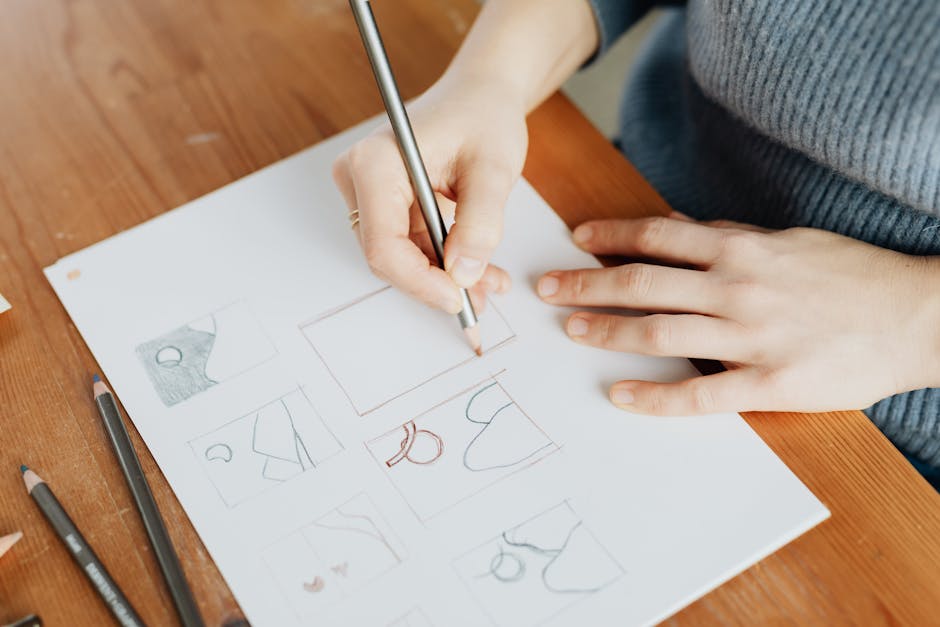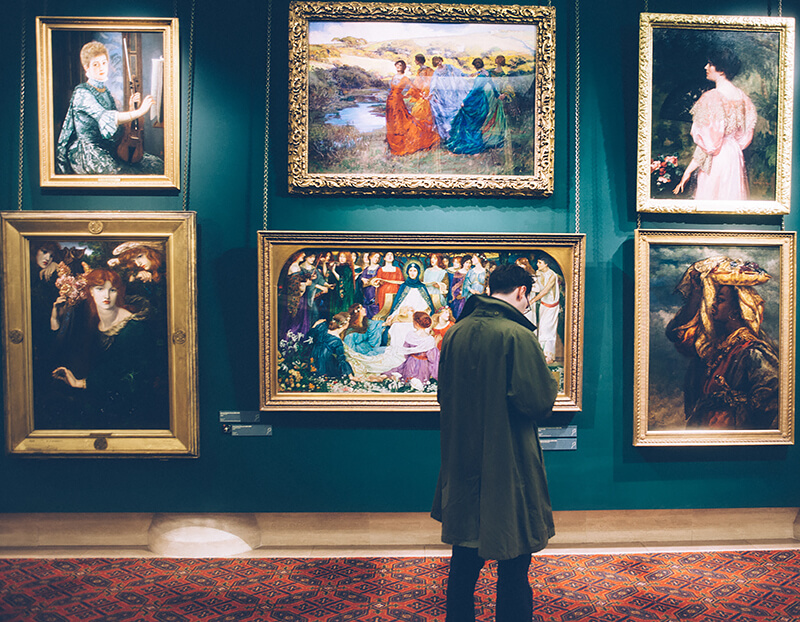Understanding the anatomy of hands and feet is essential for creating realistic drawings. These parts of the body are intricate, with bones, muscles, and tendons working together in sophisticated ways. By breaking down their structure into simpler shapes and using references effectively, you can improve your skills significantly.
Study Anatomy
Understanding the bone structure, muscles, and tendons is crucial for creating realistic drawings of hands and feet. Our feet, for instance, are packed with tiny bones that can challenge even seasoned artists.
- Bone Structure: Both hands and feet have phalanges, but fingers have more freedom of movement. Feet are sturdier, designed to support weight. Memorizing the arrangement and function of each bone helps—phalanges, metatarsals, carpals, tarsals—they're the building blocks of anatomy.
- Muscles: When flexing or curling fingers or toes, specific muscles take charge. Flexors and extensors are key players. Think of flexors as the ones doing heavy lifting, and extensors as the ones straightening things out.
- Tendons: Tendons link muscles to bones, making movement happen. Knowing where tendons are placed, such as the visible ones on the back of your hand or the Achilles tendon in your foot, helps add depth and reality to your sketches.
Considering all these elements together is like assembling a jigsaw puzzle. You might start with the obvious edges—the bones—but need the subtle, connecting pieces—the muscles and tendons—to see the full picture. Without understanding anatomy, you're just guessing. There's an art to breaking it down. Like a chef mastering a difficult recipe, start simple and add layers as you go.
Use References
References are invaluable for drawing hands and feet. By employing your own hands and feet, photos, or anatomy books, you create a roadmap to follow, making it easier to capture the true form of these intricate structures.
- Your Own Body: Using your own hands and feet as models gives you immediate, real-time feedback. There's an unmatched convenience to this; your hands are literally at your fingertips, and your feet are always available for study.
- Photos: Photos are excellent for capturing angles that your own limbs might find challenging to mimic. With photos, you can study the nuances of light and shadow, creases, and minor imperfections that make the drawing more lifelike.
- Anatomy Books: Anatomy books break down the intricacies into digestible chunks, offering labeled diagrams that detail bone structures, muscle groups, and tendons. They provide a technical edge and can inspire new poses and perspectives.
Practice drawing your hand in various actions—typing, holding a mug, or giving a thumbs-up. Each position adds to your mental library of references. For feet, notice how the arches work, how toes splay out when taking a step, or the angles when a foot points.
With each practice session, you'll notice improvement. That's the magic of repetition. The more you draw hands and feet, the more natural and nuanced your work becomes. Remember, every artist was once a beginner. It's the practice, fueled by solid references, that hones skill and vision.
Break It Down
Start with basic geometric shapes. Visualizing hands as rectangular palms sprouting cylindrical fingers and feet as simplified forms helps in maintaining correct proportions before adding intricate details.
For hands:
- Start by sketching a simple rectangle to represent the palm.
- Think of the fingers as tiny cylinders.
- The thumb needs special attention, angling away from the rest at about 45 degrees.
- Think about the relationships between the fingers, palm, and thumb to avoid disproportionate elements.
For feet:
- Picture the foot as a slightly arched block.
- Start by drawing a trapezoid for the main foot structure—widened at the toes, narrower at the heel.
- Add rectangular blocks for each toe, aligned like obedient soldiers.
When fleshing out these basic shapes, remember that hands aren't perfectly square, nor are fingers perfect cylinders. Add slight curves and variation in thickness. Imagine the skin appearing like gentle drapery over these geometric forms. Add subtle bending marks where joints flex.
Feet are hieroglyphs of pressure points. The toes vary in length and alignment. Observe how the big toe stands out from the rest, more prominent and with its own proportions.
This process is transformative. With time, those rudimentary blocks and cylinders become vivid, natural forms. You'll find your once rigid, polygonal drawings evolving naturally towards more fluid motion, capturing the essence of true hands and feet. Don't rush it—patience, like practice, is key to mastery.

Experiment with Different Poses
Experimenting with different poses brings your drawings to life. Static poses are fine for basic practice, but dynamic poses showcase the expressive potential that can make your art captivating.
Consider how engaging it becomes when a hand grips a pencil, reaches out to shake another hand, or curls into a fist. Each action involves different muscles and angles, offering a more comprehensive understanding of movement and depth.
"The hand is the visible part of the brain." – Immanuel Kant
Take a hand holding an object, for instance. Observe how the fingers wrap around, knuckles bending, tendons straining slightly. Notice the subtle shifts in the skin's folds and the play of light and shadow that give the hand its three-dimensional form.
Dynamic actions elevate this further. Picture a foot mid-stride, its heel lifted, toes splayed slightly as it propels the body forward. Or visualize a hand tossing a ball, the fingers splayed at the moment of release, tendons taut. These poses challenge you to capture motion, exploring the fluidity of human movement.
Angles add another layer to consider. A hand viewed head-on looks different than from the side or at a three-quarters angle. Each perspective reveals unique aspects of the structure. Feet, too, can be drawn from various viewpoints—think of a dancer's pointed toe seen from above or a relaxed foot seen from the side.
Practice Tips:
- Draw your hand in different positions throughout the day.
- Hold objects of varying shapes and sizes to see how your hand adapts.
- For feet, try sketching them while sitting, standing, or mid-walk, observing how weight distribution changes the shape and posture.
- Use reference photos of hands and feet in action, or snapshots from movies and games where characters are engaged in dynamic movements.
- Diversify your practice with different types of hands and feet to improve your skills and keep your practice engaging.
By challenging yourself with different poses and angles, you inject life into your art. The hands and feet you draw won't just be anatomical studies—they'll be characters, each telling their own story through every flex, curl, and stretch.
Keep drawing every day, using references and experimenting with different poses to transform your initial sketches into lifelike representations. Embrace the journey of improvement and watch as your art evolves. Remember, practice makes progress, and with consistent effort, you'll see remarkable improvements in your ability to capture the intricacies of hands and feet.
- Gray H. Anatomy of the Human Body. 20th ed. Philadelphia: Lea & Febiger; 1918.
- Hogarth B. Drawing Dynamic Hands. New York: Watson-Guptill Publications; 1988.
- Simblet S. Anatomy for the Artist. London: DK; 2001.
- Bridgman GF. The Book of a Hundred Hands. New York: Dover Publications; 1971.

























